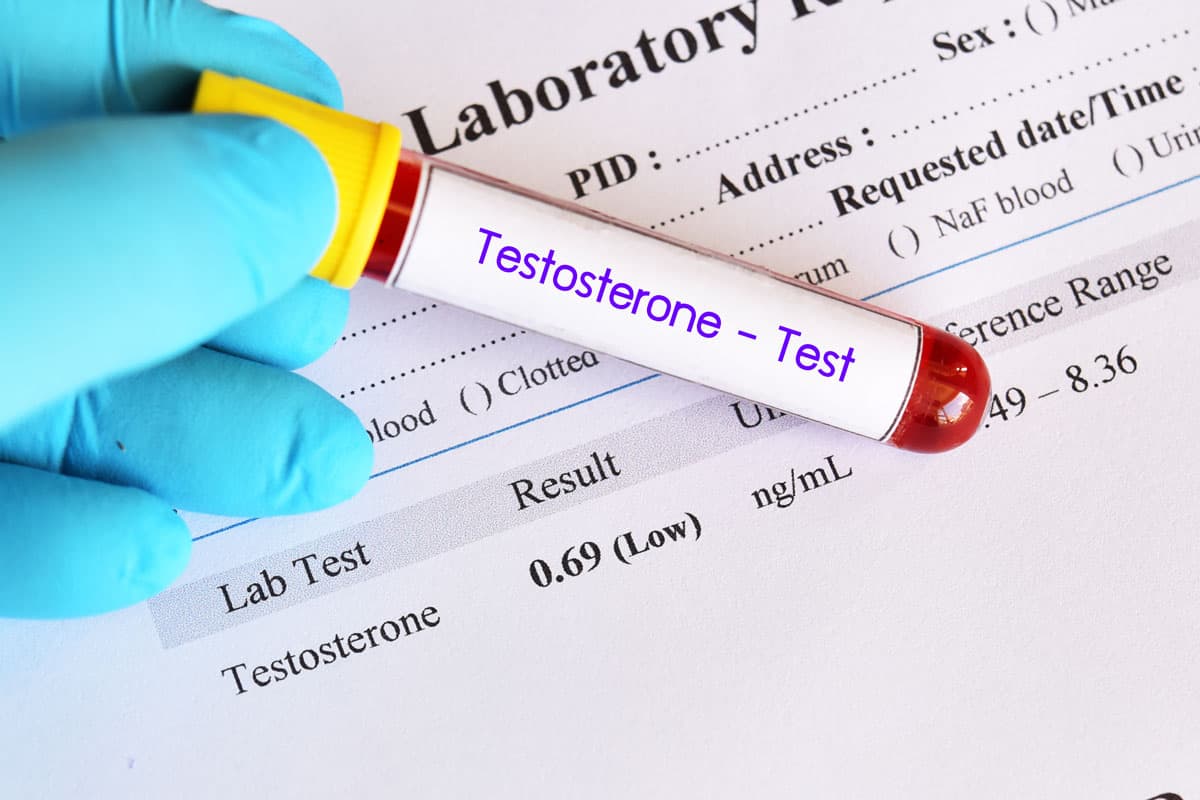Building muscle is not an easy task, it takes time and proper strength training for one. Nevertheless, it's something nearly anyone can do if they just put their mind and heart into it. Whether you're a skinny person wanting to pack on mass or just want to convert your body mass into muscle, you've come to the right place.
It's going to be a challenging journey, but it doesn't have to be complicated. With the right training regimens, nutrition and lifestyle, you can transform yourself into a thicker and stronger version.
Learning about the best muscle gaining tips is a good start. This article will be a mix of exercise, diet, and lifestyle tips. For instance, a very important nutrition tip is to load up on protein, this and many other best ways to maximize your muscle gain, so don't go and continue reading.
1. Why compound exercises are better
Bicep curls are fun, and looks cool, but if you want to put on muscle, then you must do more than that. One key to doing that is to include multi-joint movements or known as compound exercises.
Isolation training is essential, but it shouldn't be the backbone. Rather, do exercises that challenge several joints and muscles at once combining major muscles and minor muscle groups in one exercise which can help to burn more calories.
A dumbbell row is a great example. Each rep challenges your abs, lats, and biceps. Moreover, this type of training lets you lift more weights, a key factor of growth. It also compels you to use your muscles together as you do in real-life exercises like deadlifts pull-ups, squats, and bench presses are a must.
2. Train muscle groups to maximize muscle growth
Weight training causes micro-tears in your muscles, those micro-tears naturally repair and rebuild during periods of rest. This is why it's very crucial to rest. Plus, serious injury can happen if your muscles aren't given enough time to repair.
Experts recommend scheduling which muscle groups you should focus on. A three-day split is a good format, this entails allocating day one for the chest, triceps, and shoulders, day two for the lower body, including quads, hamstrings, glutes, hip abductors, and adductors and calves, and day three for back, biceps and abs.
If you feel sore, take an extra day or two to train a new muscle group. Remember that delayed onset muscle soreness can come as late as 48 hours after a workout.
3. Train heavy for muscle mass
Training heavy is important if you want to build muscle and strength. Heavy training, for starters, challenges the muscles both concentrically and eccentrically. When done right, the stimulus of a heavyweight going down and going back up will lead to greater muscle tear and rebuild.
Take note that not every set needs to have ten to 15 reps. High rep sets do have their advantages. However, for multi-joint exercises like squats and deadlifts, don't be ashamed to complete sets of five reps. Doing so will let you use more weight and build more pure strength.
Then as you progress, that added strength will allow you to lift heavier weights for more reps. One of the usually forgotten ways of building muscles is the concept of time under tension.
Ever heard about this? Let's examine it closely.
4. Maximize time under tension.
Time under tension refers to the time when your muscles are working say, when they're under a bench press bar or when your biceps are working to curl a dumbbell upwards. Those instances put your muscles under tension from the weight experience.
Lifters normally know how to take advantage of this tension. For example, instead of lifting and lowering a weight, they lift with a certain tempo. It can be curling up as fast as they can, then lowering the weight for three focused seconds while maintaining a good form on every rep.
You can do this on nearly any strength exercise. Explosive exercises like kettlebell swings and snatches are exceptions.
5. Change your routine to avoid plateaus
After a while, you may notice that your results have become stagnant. If this happens, then you may need to change up your regimen. Ultimately, the muscles have to be challenged to trigger growth every four to six weeks.
Consider altering some part of your routine. It can be the number of reps, the number of weights, the duration of rest, the exercises, or any other training variable. Aside from your fitness needs, you may also have to tweak your nutritional requirements. This is especially important when your workouts become more strenuous and muscle begins to displace fat.
6. Vary your workout intensity
A good rule is to get your body moving every day. That said, you shouldn't exercise to the point of fatigue and exhaustion either. Training the hardest every day won't give your body the time to grow, so choose the spots to target. Aim to complete every workout.
Splitting up the training days is also recommended, an example split is Monday, Wednesday, and Friday for resistance training. Tuesday, Thursday, and Saturday for cardio workouts, and Sunday for rest days.
Feeling fired up, not dead?
Make it a mission to limit your weight room workouts to twelve to 16 total sets only. Of course, you can still have a brutal workout every so often, but make sure to limit yourself to two to three times a week of training the hardest and never do it back-to-back days. After all, your body has to recover to build muscles
Wondering why? More on that next.
7. Let your body recover
Get plenty of sleep and rest. Sadly, sleep is often a neglected, if not forgotten, variable in the muscle-building journey. You can spend a ton of your time training but still can't gain muscles because you haven't rested enough.
It's important to note that it's during your sleep that your muscles recover and your body grows. Moreover, it's during this period that muscle-growing hormones are released, in particular, the growth hormone. Aim to sleep seven to 8 hours per night, and train no more than four times a week.
8. Increase protein intake for muscle recovery
Hypertrophy is the increase in the growth of muscle cells. It occurs when cells work to regenerate muscle fibers, a process that must be supplied with adequate protein intake. From the food you eat. Without enough protein, your body won't be able to rebuild those muscle fibers.
Protein is the most essential component of nutrition and muscle gain. The recommended ratio to build muscle is 1 gram of protein per pound of body weight. Lots of foods we have are amazing sources of protein, such as eggs, chicken, soybeans, lean beef, and Greek yogurt.
9. Balance your diet with carbs and fats
Protein is indeed the most vital nutrient for gaining muscle. That said, the important roles of carbohydrates and fats should not be overlooked either.
In fact, it's recommended to eat a ratio of three or four to one carb to protein after a workout. That's because carbs boost insulin levels, which then encourage the cells to produce protein. For instance, you can balance protein with fruits, since they contain carbs, potassium, and antioxidants that help protect against muscle fatigue and cellular damage.
As for dietary fats, they are beneficial in supplying energy to fuel you for your workouts. In addition, fats also aid the body in absorbing essential fat-soluble vitamins, and while you're focusing on food, make sure to also maintain adequate hydration levels.
How important is hydration really? Find out next.
10. Stay hydrated before and after workouts
Adequate hydration is essential to gaining muscles, yet only if you get enough water, even without exercising daily. The daily recommendation is eight to ten glasses of water.
But since you're going to be working out a lot, it's ideal to add twelve to 16oz of water before your gym exercise session. For vigorous workouts, it's better to drink another eight to 10oz every 15 minutes

11. Drink Protein Shakes
One of the secrets to packing on muscles is to surround your workout with nutrition. It's a given to eat a high protein and high carb meal an hour before your workout.
You can take it up a notch by preparing a protein shake with a ratio of around 2 grams of carb for every 1 gram of protein and drink that throughout your workout. You can also mix a new one and drink that quickly after your workout.
When buying supplements, look for whey protein powders. Better yet, add a scoop of that powder into your very own homemade muscle-building pre-workout shake.
12. Listen to your body
Building muscle can feel challenging, but it shouldn't be causing you pain. Don't just follow a training plan without considering your body's response.
A muscle-building plan varies depending on your age, overall health, and goals. Make a plan and listen to your body as you go. You can also hire a trainer to help you establish a routine. If you prefer going to the gym, then go to one that offers personal trainers.
Was this article helpful to you?
What's that one muscle-gaining tip that made the greatest impression on you? Any of those tips that you're already following? Leave your feedback and answers in the comments section below.







Hi Team,
i am Ajay from Delhi India...